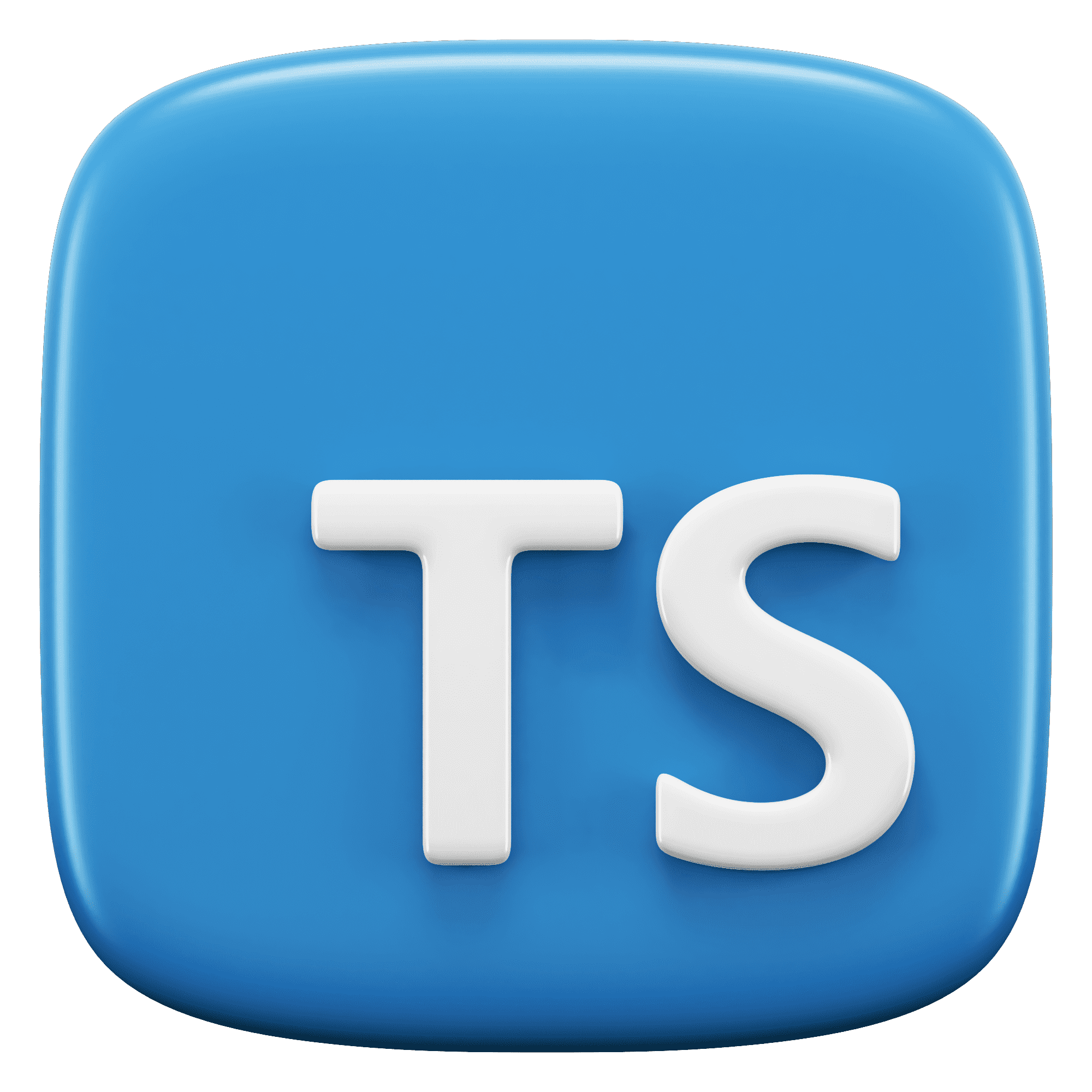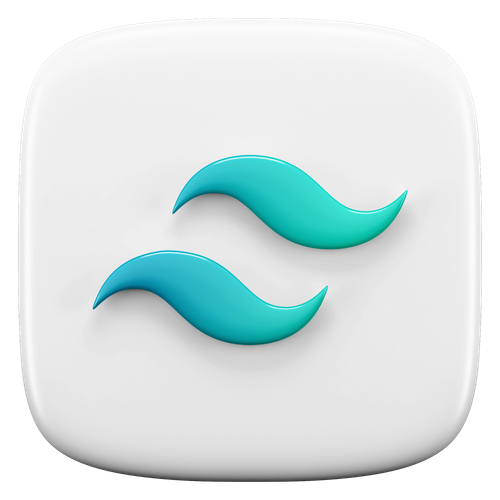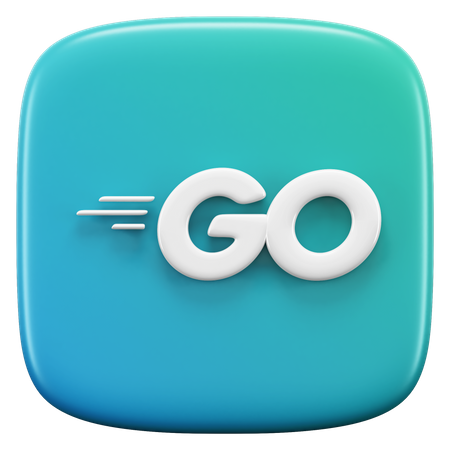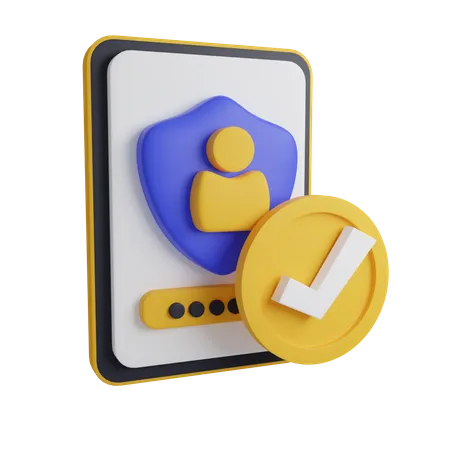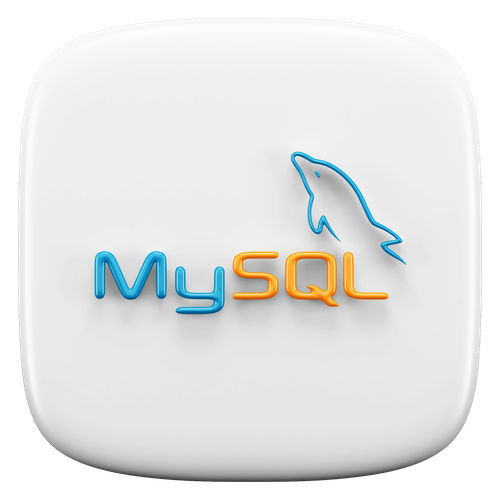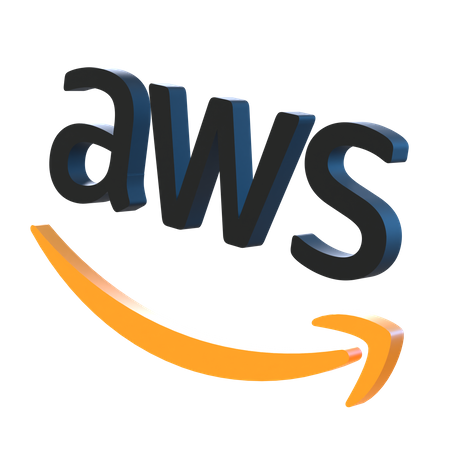Back
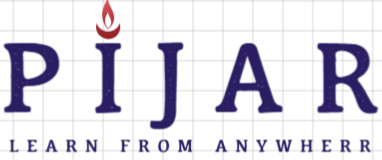
RevoU NEXT Project - January 2025
PIJAR - Community Learning Hub
A community-focused learning platform designed to empower underserved communities through accessible education and skill development.
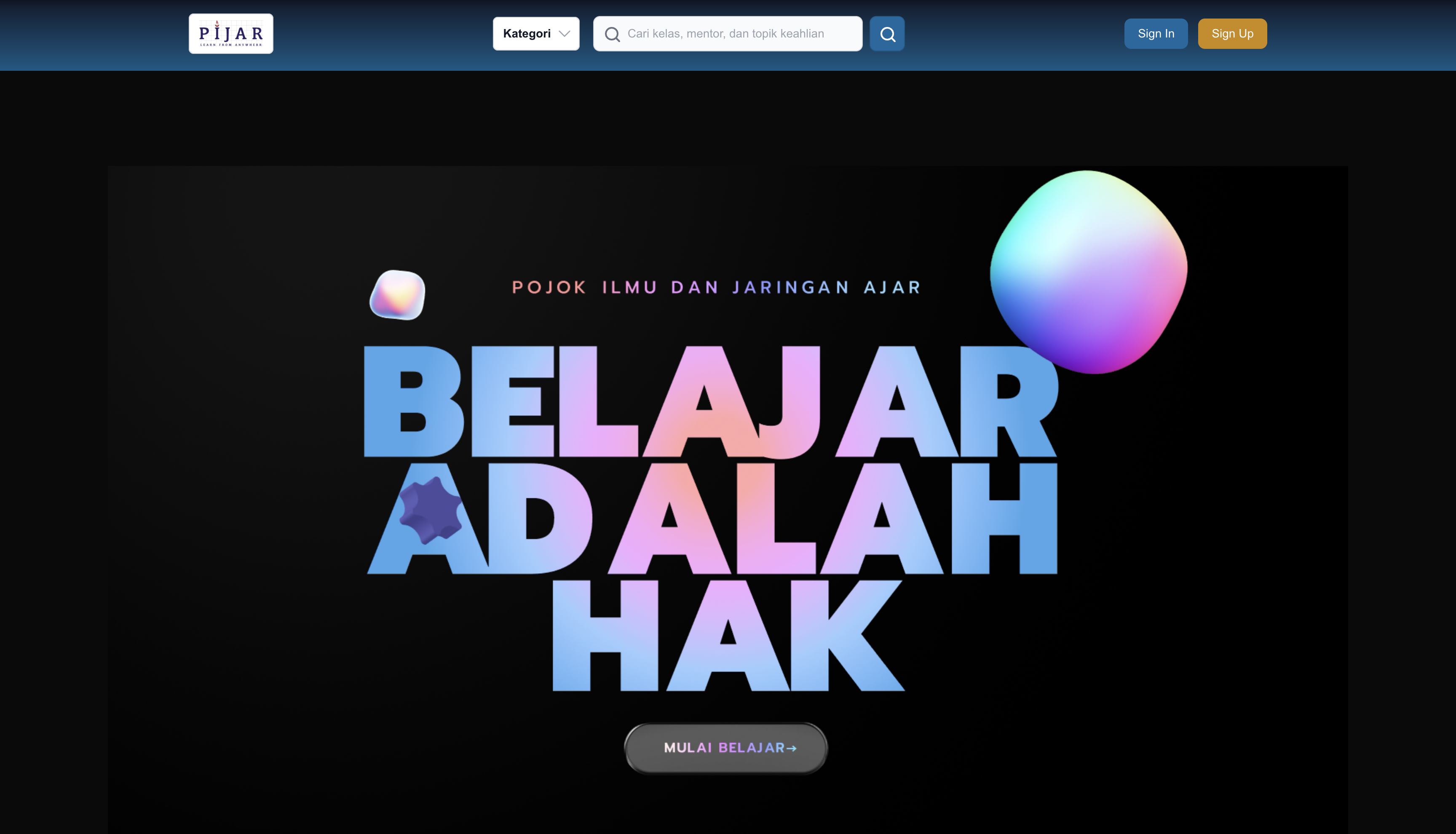
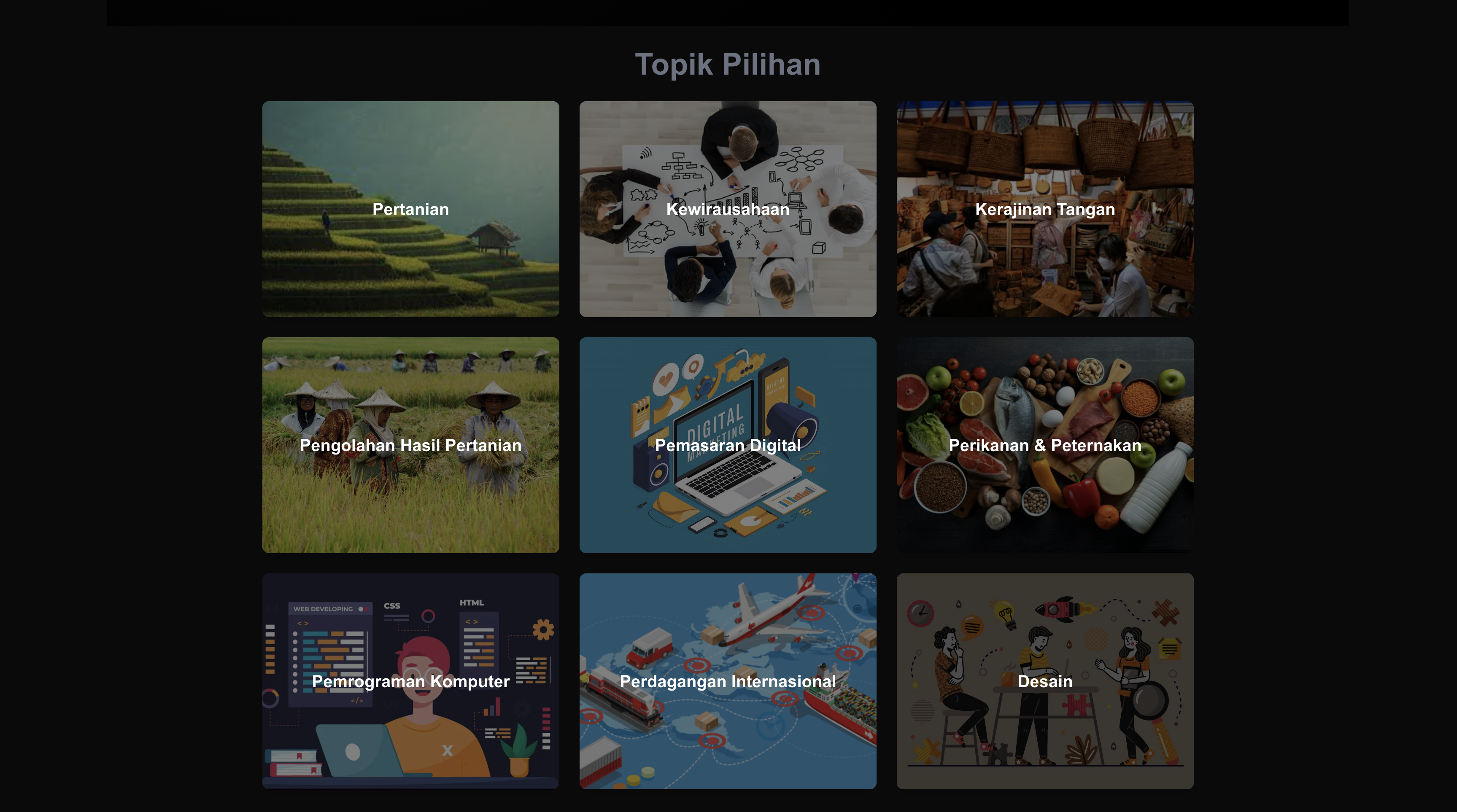
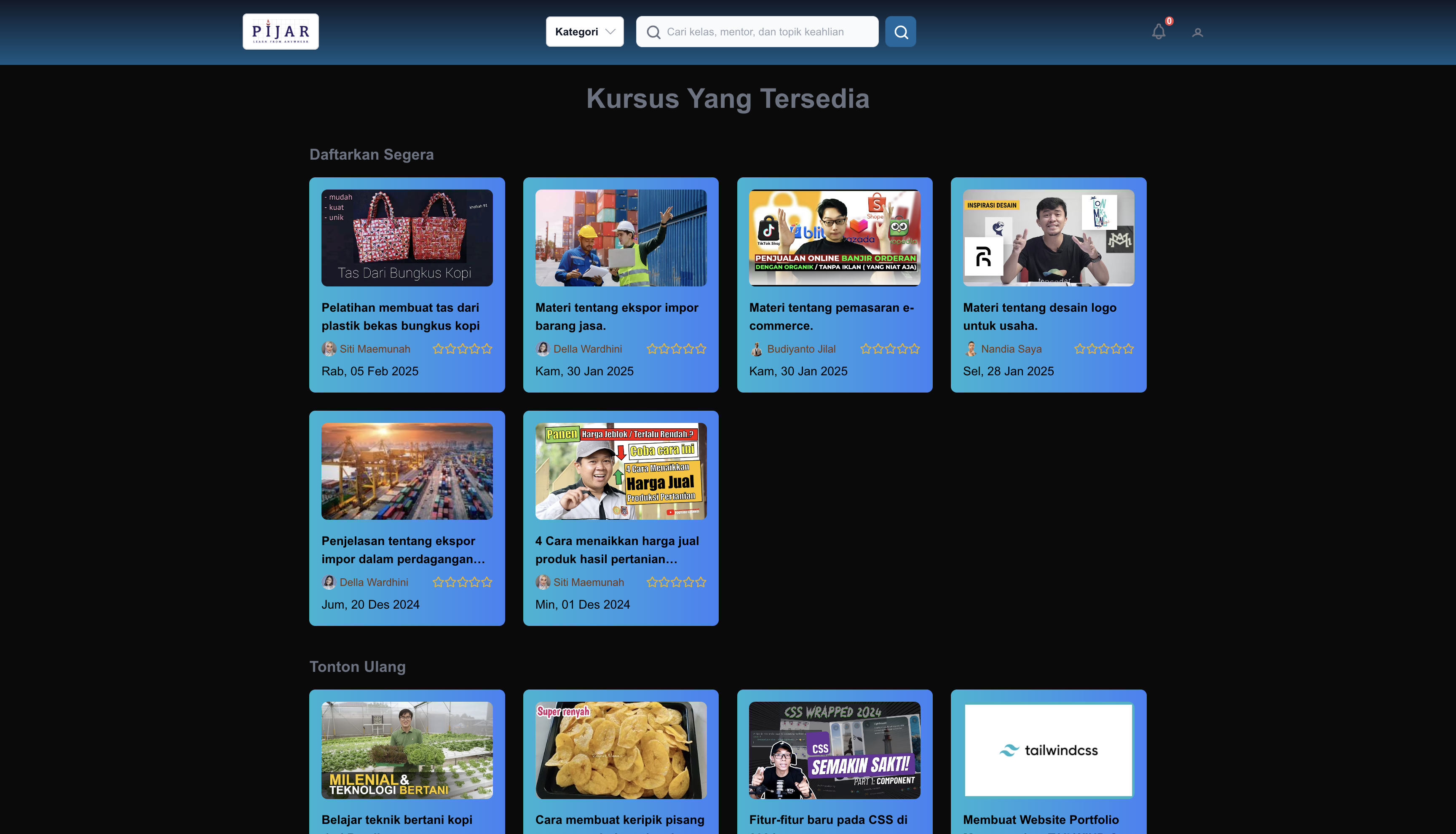
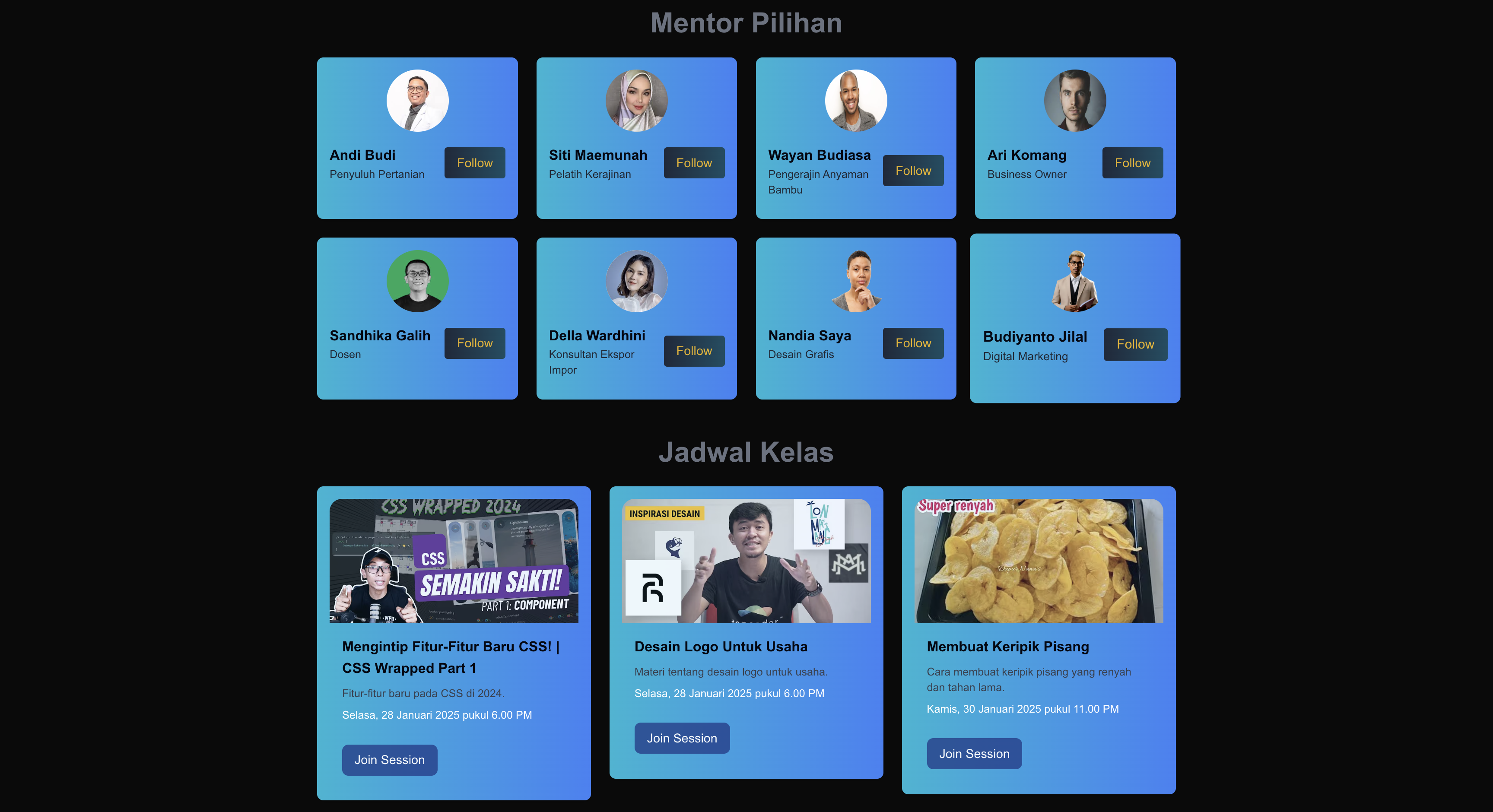
Project Information
Project Name
PIJAR - Pojok Informasi dan Jaringan Ajar
My Role
Project Lead and Fullstack Software Engineer
Timeline
2 months
Responsibilities
- SCRUM master
- Design Direction
- PRD Development
- Frontend Development
- Backend Development
- Database Development
- Deployment
Overview
Pijar is a community-focused learning platform designed to empower underserved communities through accessible education and skill development. By connecting learners with experienced mentors, Pijar provides personalized sessions, localized topics in Bahasa Indonesia, and practical skills like farming, entrepreneurship, and digital literacy. Bridging education gaps in underserved communities through technology.
Project Goals:
- offering a solution to access education in anytime and anywhere.
- bridging the gap of educational access.
- In Pijar we believe in collaboration, our learning system is designed to be as interactive as possible where students can ask mentor question and access the learning materials easier.

High Level Goals
01
Accessible Learning Opportunities
02
Mentor-Learner Collaboration
03
Building a Learning Community
04
Empowering Community-Based Learning
Initial Challenges
The journey of building PIJAR started with a significant challenge: crafting a clear ideation process while leading a team of junior developers with no prior software engineering experience. This required not only creating the technical foundation for the project but also nurturing a team dynamic that fostered growth, collaboration, and confidence in tackling the unknown.
The first hurdle was to align everyone’s understanding of software development principles, from version control to agile workflows. Simultaneously, the team needed to define the app’s vision, ensure it resonated with its purpose of empowering underserved communities, and scope out what features were essential for the first release.
With a clear direction, we embraced a learn-by-doing philosophy—encouraging team members to step out of their comfort zones, take ownership of tasks, and gradually build confidence.
Research and Design
Our research and design phase laid the groundwork for PIJAR’s development. This stage was broken down into several key activities:
We conducted collaborative brainstorming sessions to identify the core problems we wanted the platform to solve and mapped out features to address those needs.
We conducted collaborative brainstorming sessions to identify the core problems we wanted the platform to solve and mapped out features to address those needs.
We translated our ideas into wireframes and prototypes in Figma, ensuring the designs not only met usability standards but also reflected a modern and inclusive UI that resonated with diverse audiences.
We translated our ideas into wireframes and prototypes in Figma, ensuring the designs not only met usability standards but also reflected a modern and inclusive UI that resonated with diverse audiences.
After completing the first stage of development, we launched the app in beta and gathered feedback from external users. Their suggestions played a pivotal role in shaping our revisions and enhancements, including improved performance, additional features like notifications, and better user interaction flows.
Trust Building Strategy
Trust was a cornerstone of our team’s success, especially given the diverse skill levels within the group. To ensure the project moved smoothly:
I took the time to understand each team member’s strengths, weaknesses, and capacity. This allowed us to assign tasks that matched individual skill levels while providing opportunities for growth.
We incorporated knowledge-sharing sessions, where more experienced members helped bridge gaps for those unfamiliar with certain tools or concepts (e.g., Git, API integrations).
We held regular meetings to monitor progress, address roadblocks, and create a space for open communication. This helped foster accountability and a sense of shared ownership of the project.
Recognizing and celebrating individual and team milestones, no matter how small, helped build morale and confidence in the team’s ability to succeed.
